Figurative language can be a fun and creative way for kids to express themselves in writing and speech. Instead of taking words at face value, figurative language uses words in a non-literal way to create vivid images and convey deeper meanings.
Examples of figurative language include similes, metaphors, personification, hyperbole, and idioms. By incorporating these elements into their writing, kids can make their stories and poems more engaging and entertaining for readers.
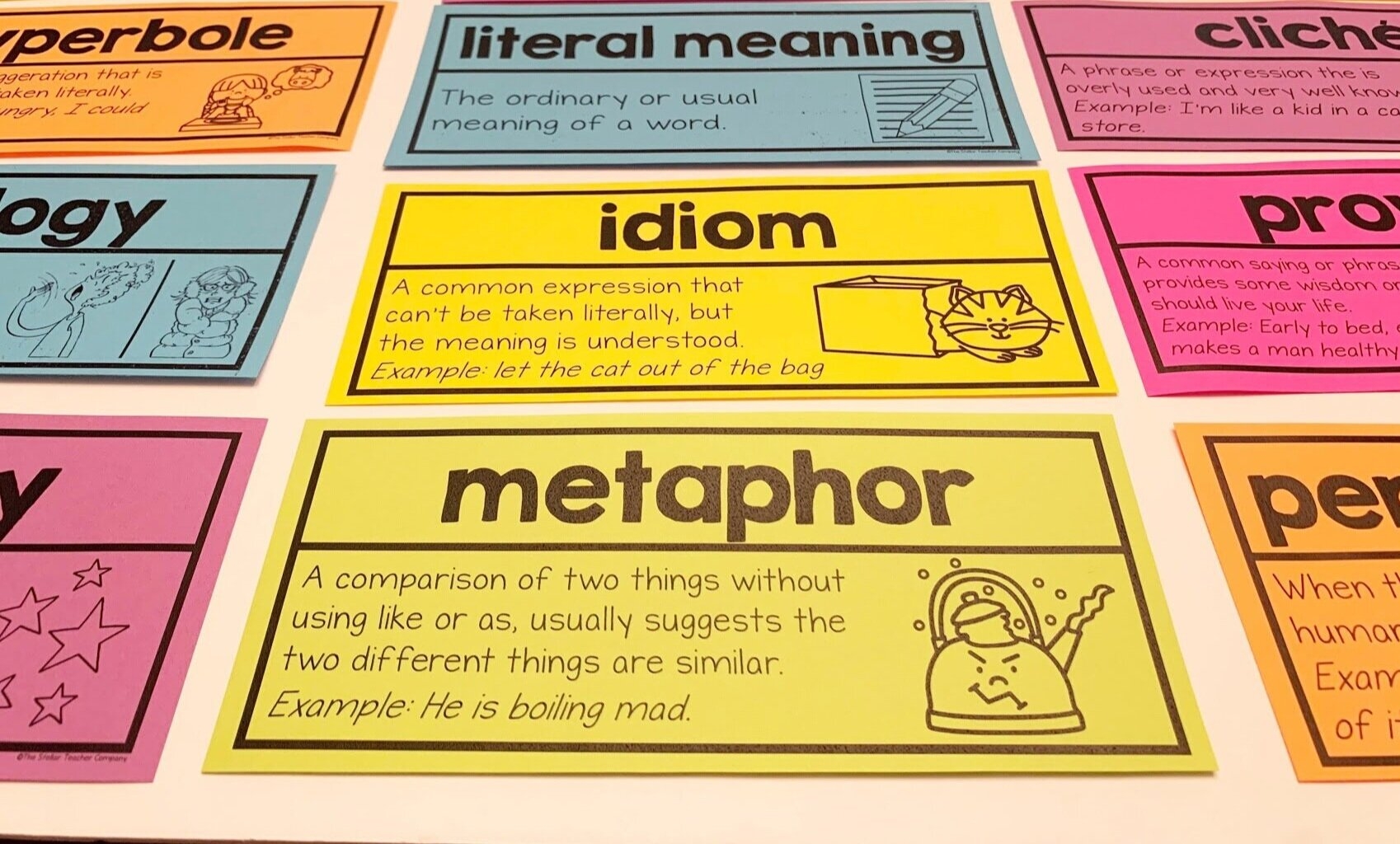
what is figurative language for kids
What is Figurative Language for Kids?
Similes compare two unlike things using the words “like” or “as.” For example, “Her smile is as bright as the sun.” Metaphors, on the other hand, directly equate two things without using “like” or “as,” such as “He is a shining star.”
Personification gives human qualities to non-human objects or animals, like “The wind whispered through the trees.” Hyperbole exaggerates to emphasize a point, as in “I’m so hungry, I could eat a horse!” Idioms are expressions that don’t mean exactly what they say, like “It’s raining cats and dogs.”
Encouraging kids to use figurative language can help them develop their creativity, critical thinking, and communication skills. It allows them to think outside the box and play with language in a way that is both educational and entertaining.
So, the next time your child is writing a story or giving a presentation, encourage them to sprinkle in some figurative language to make their words come alive. Who knows, they might just discover a passion for writing that lasts a lifetime!

Teaching Figurative Language Similes Metaphors Onomatopoeia
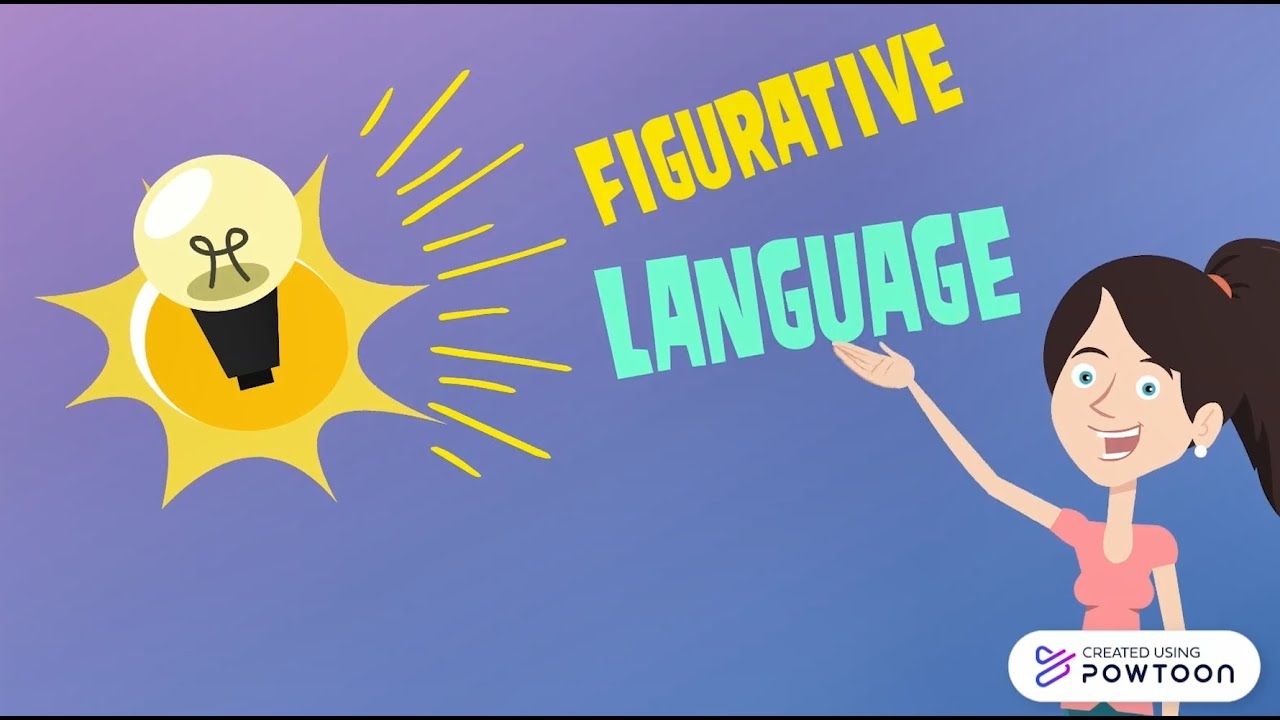
Figurative Language Types Of Figurative Language What Is Figurative Language YouTube
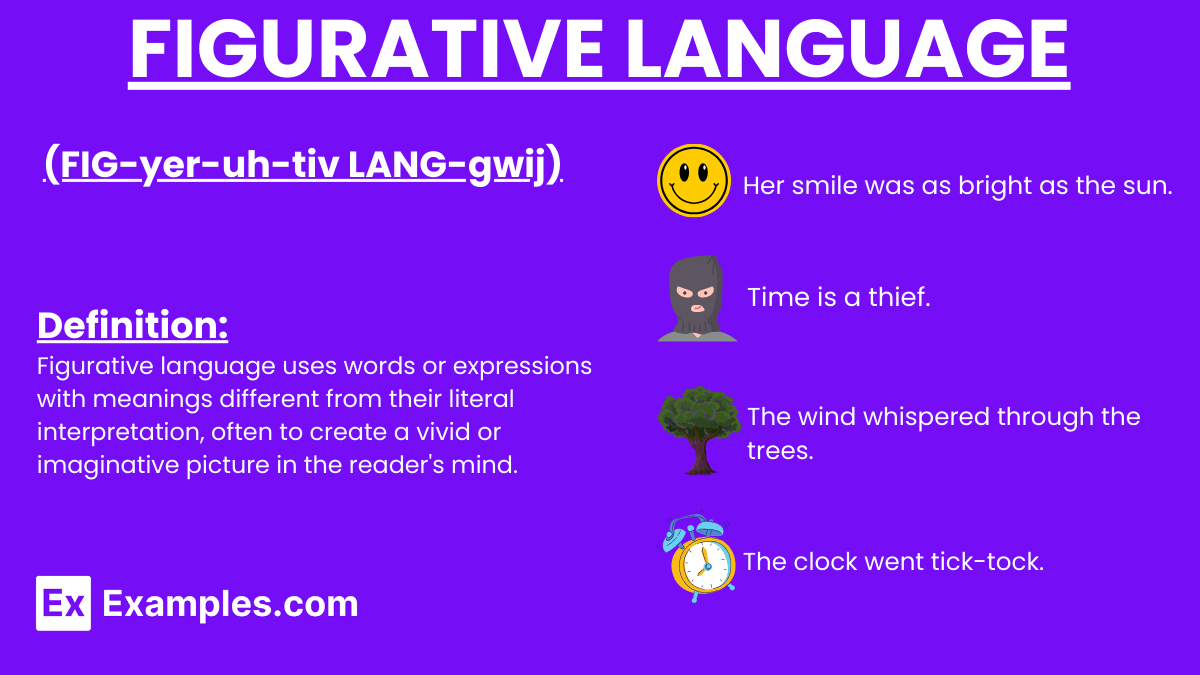
100 Figurative Language Examples
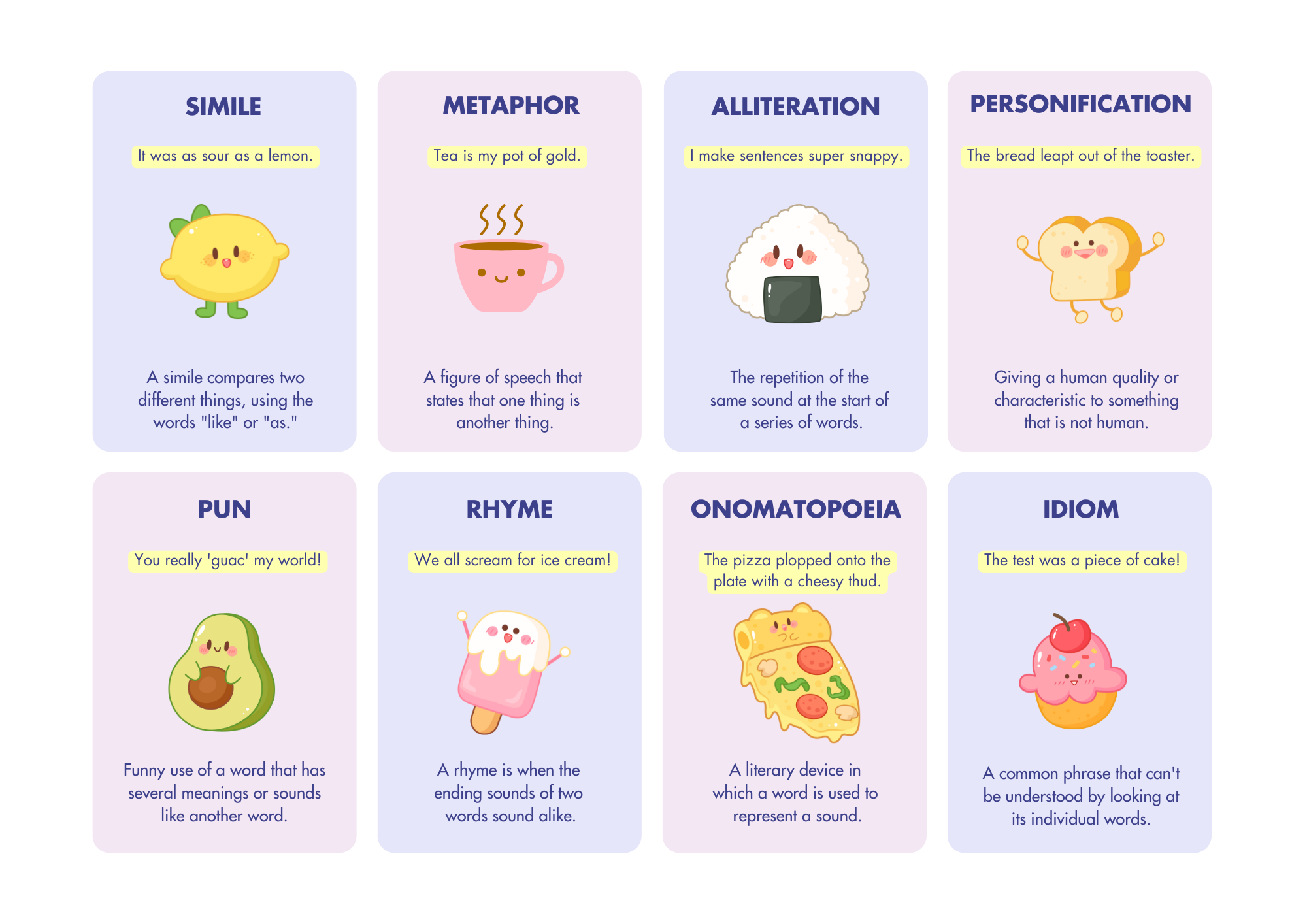
Figurative Language For Kids Fun Examples Free Poster Download
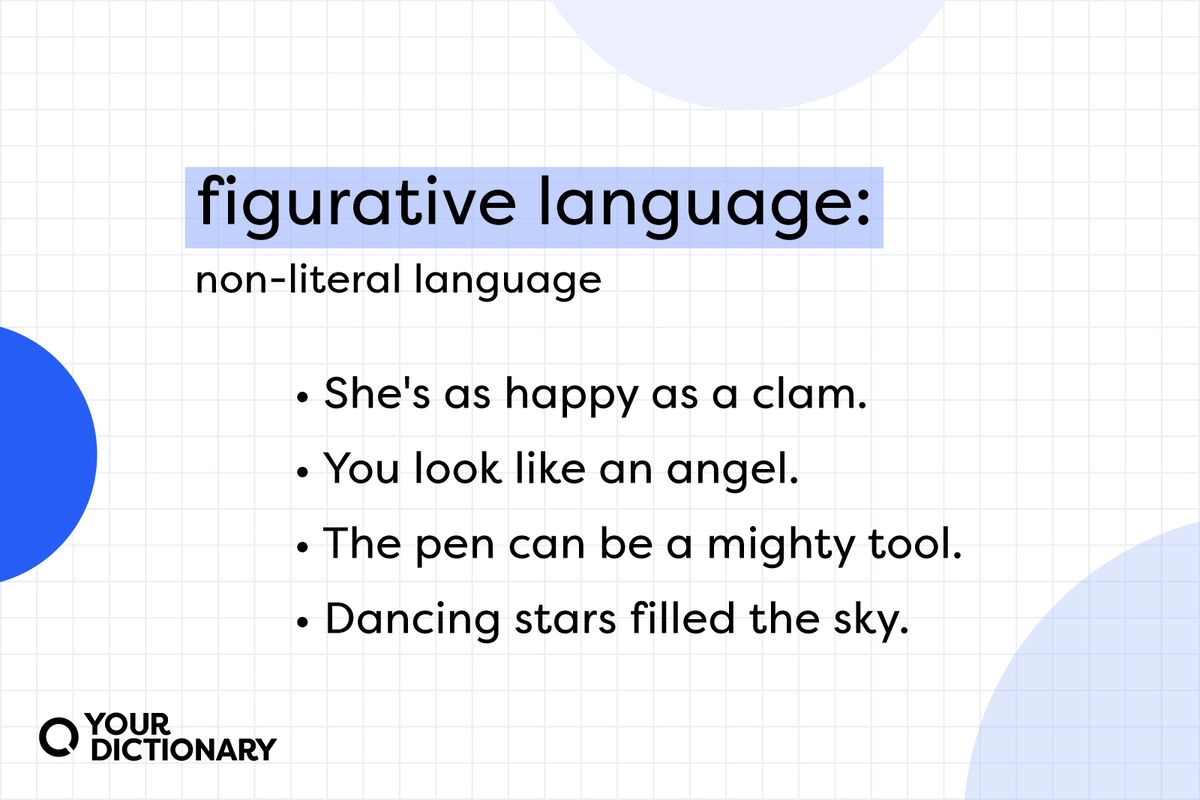
Figurative Language Examples Guide To 9 Common Types YourDictionary